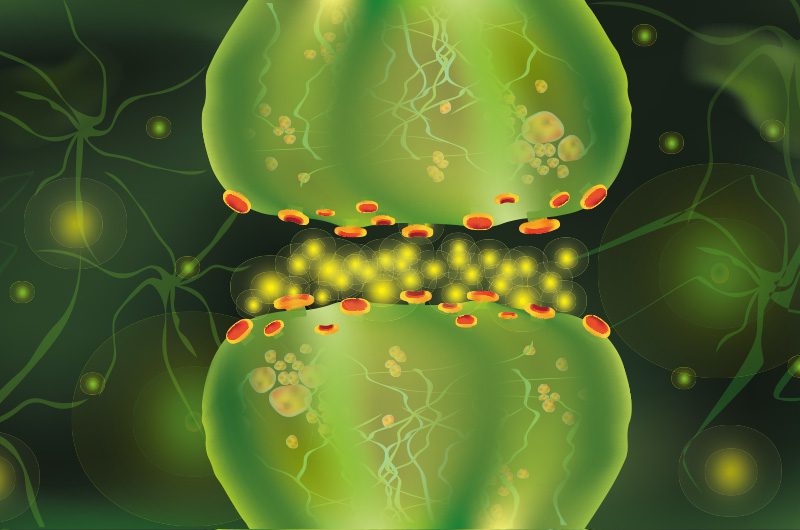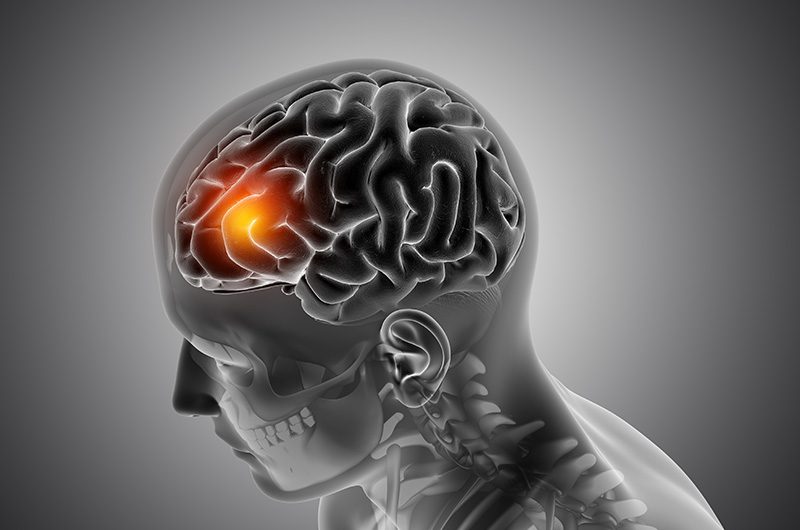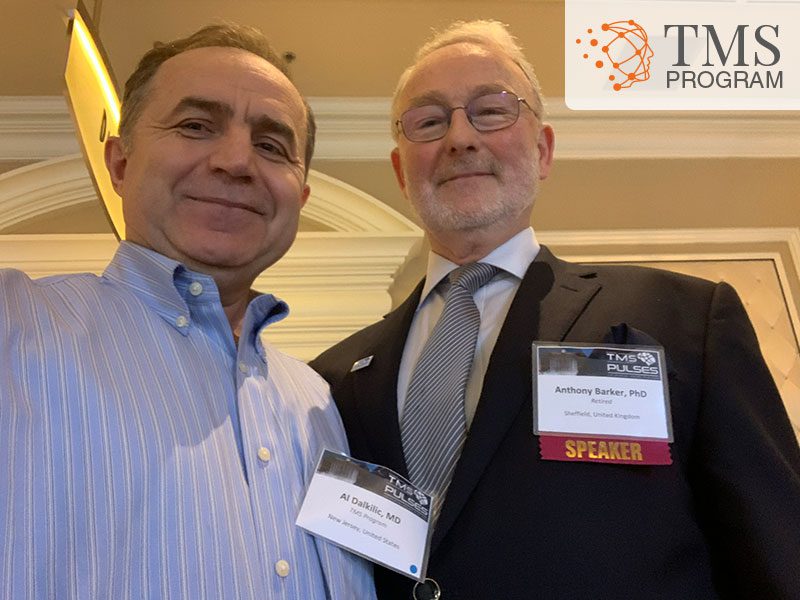Original Article was published at our sister site TMSProgram.com.
References
1 Al-Harbi KS. (2012). Treatment-resistant depression: Therapeutic trends, challenges, and future directions. Patient Preference and Adherence, 2012(6):369-388.
2 Berlim MT, Van den Eynde F, Tovar-Perdomo S, et al. (2015). Augmenting antidepressants with deep transcranial magnetic stimulation (dTMS) in treatment-resistant major depression. World Journal of Biological Psychiatry, 15(7):570-578.
3 How Does TMS Work. Butler Hospital. Care New England Health System. (2020). Retrieved from http://www.butler.org/butler-ri/programs/outpatient/how-does-tms-work.cfm
4 Noohi S & Amirsalari S. (2016). History, studies, and specific uses of repetitive transcranial magnetic stimulation (rTMS) in treating epilepsy. Iranian Journal of Child Neurology, 10(1):1-8.
5 Wright BA. (1990). An historical review of electroconvulsive therapy. Jefferson Journal of Psychiatry, 8(2):68-74.
6 Millhouse TM & Porter JH. (2016). A brief history of the development of antidepressant drugs: From monoamines to glutamate. Experimental and Clinical Psychopharmacology, 23(1):1-21.
7 Horvath JC, Mathews J, Demitrack MA, & Pascual-Leone A. (2010). The NeuroStar TMS Device: Conducting the FDA-approved protocol for treatment of depression. Journal of Visualized Experiments, 45.
8 Dunner DL, Aaronson ST, Sackeim HA, et al. (2014). Journal of Clinical Psychiatry, 75(12):1394-1401.
9 Carpenter LL, Philip NS (2020), The Future Is Now? Rapid Advances by Brain Stimulation Innovation. The American Journal of Psychiatry.
10 Food and Drug Administration. (2018). FDA permits marketing of transcranial magnetic stimulation for treatment of obsessive compulsive disorder. Retrieved from https://www.fda.gov/news-events/press-announcements/fda-permits-marketing-transcranial-magnetic-stimulation-treatment-obsessive-compulsive-disorder









